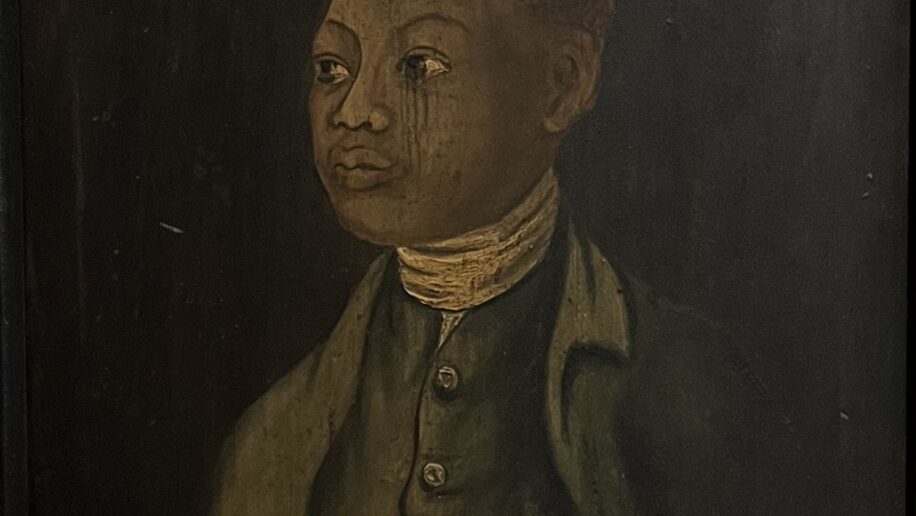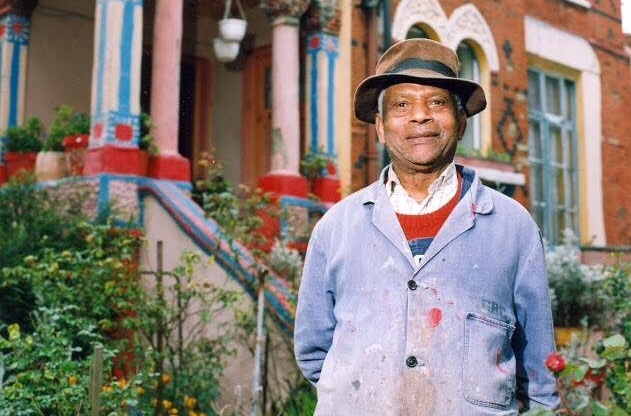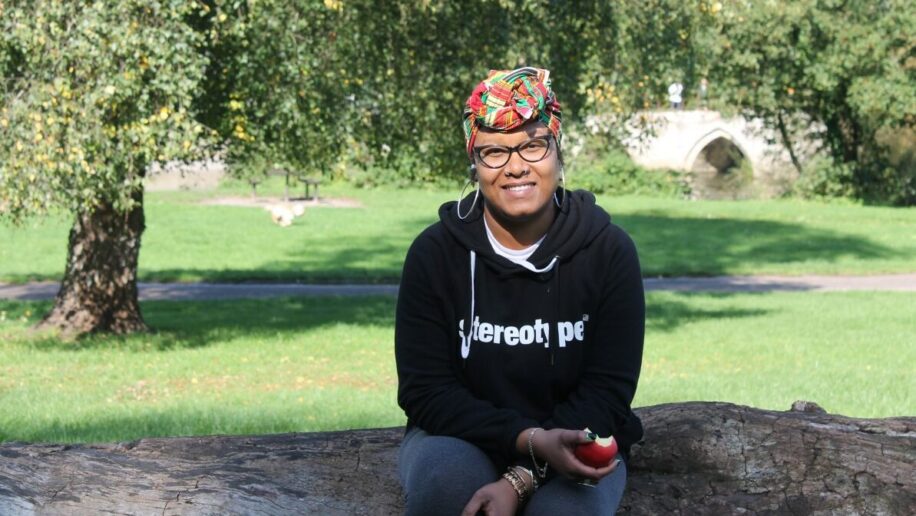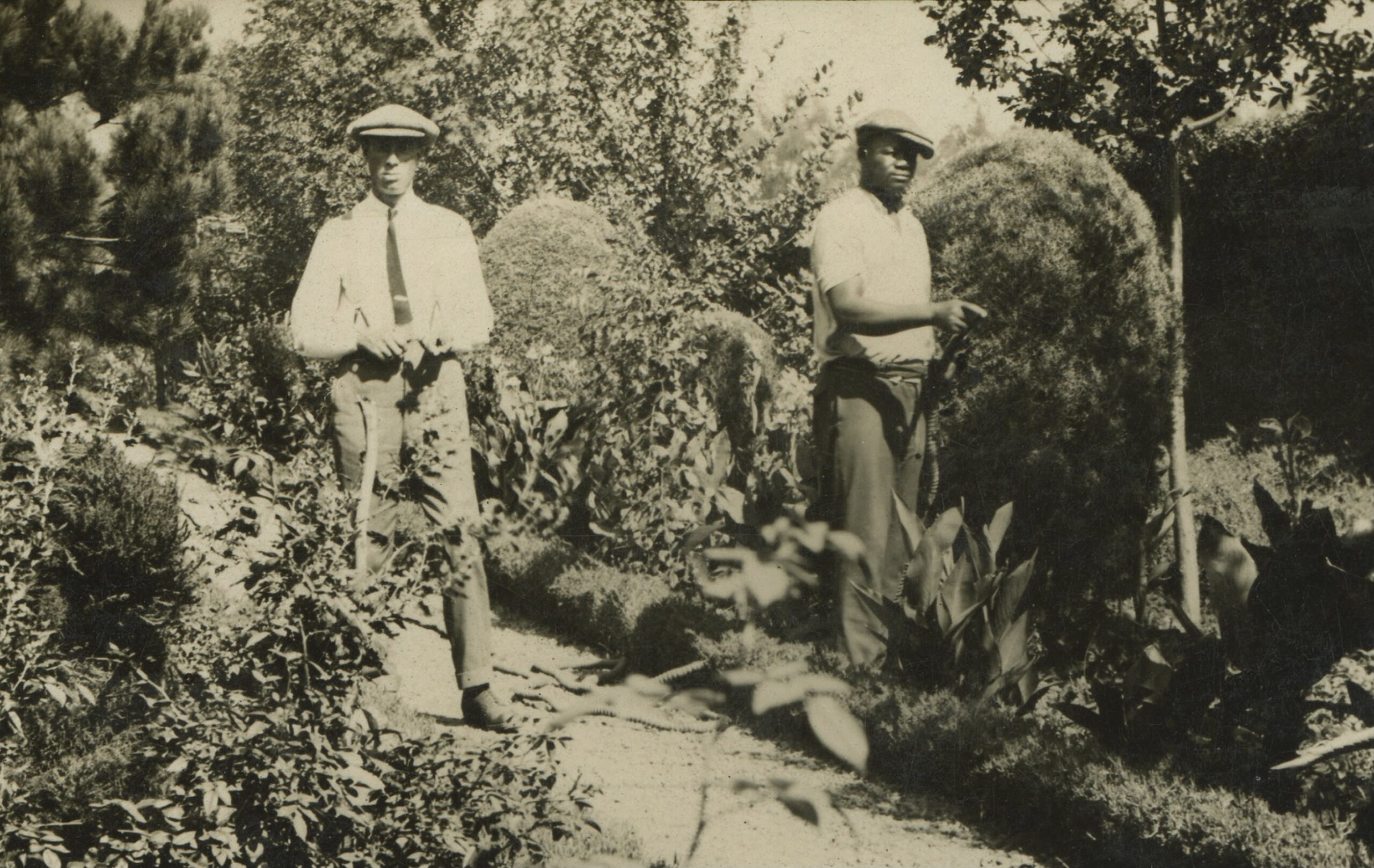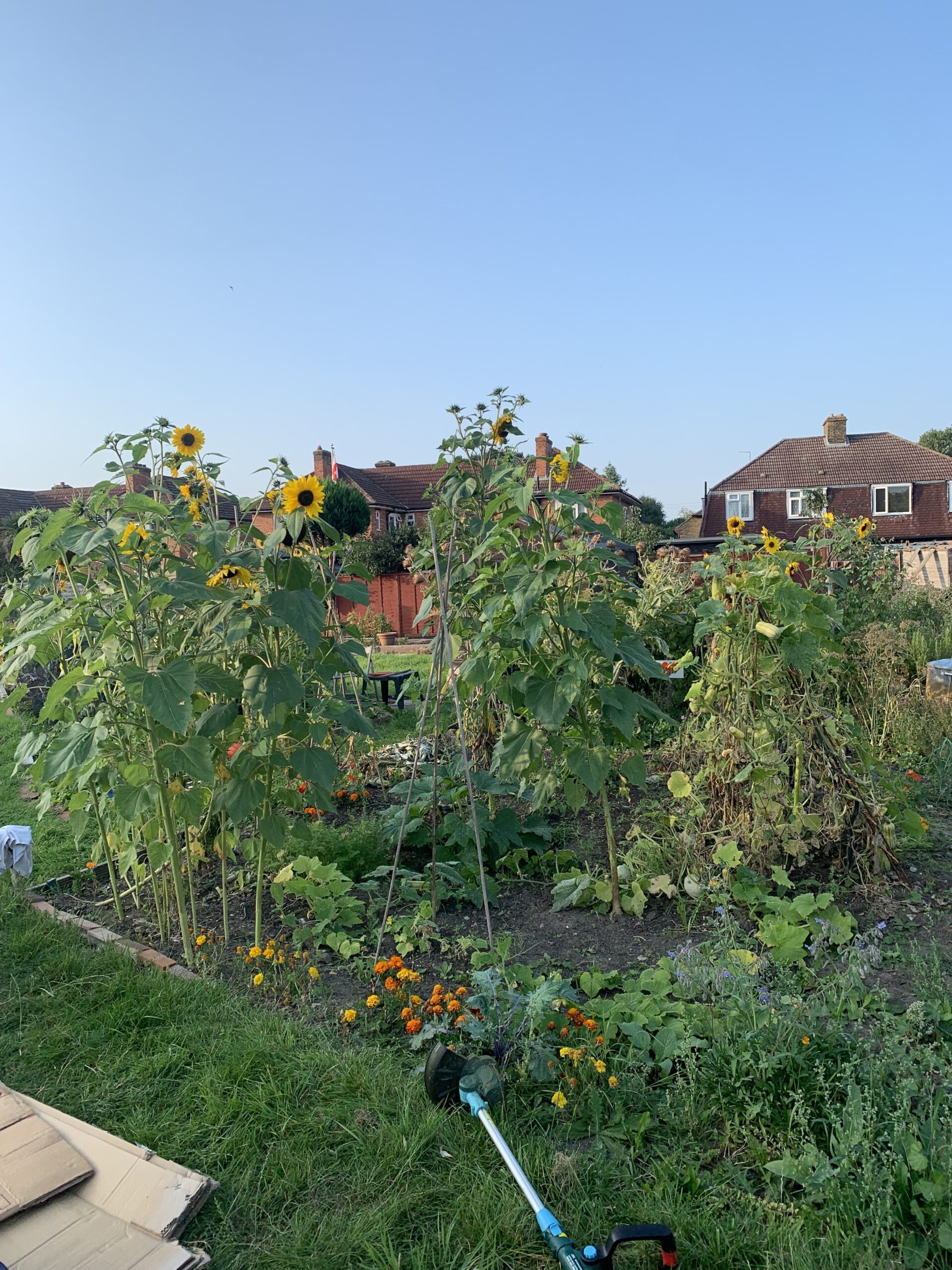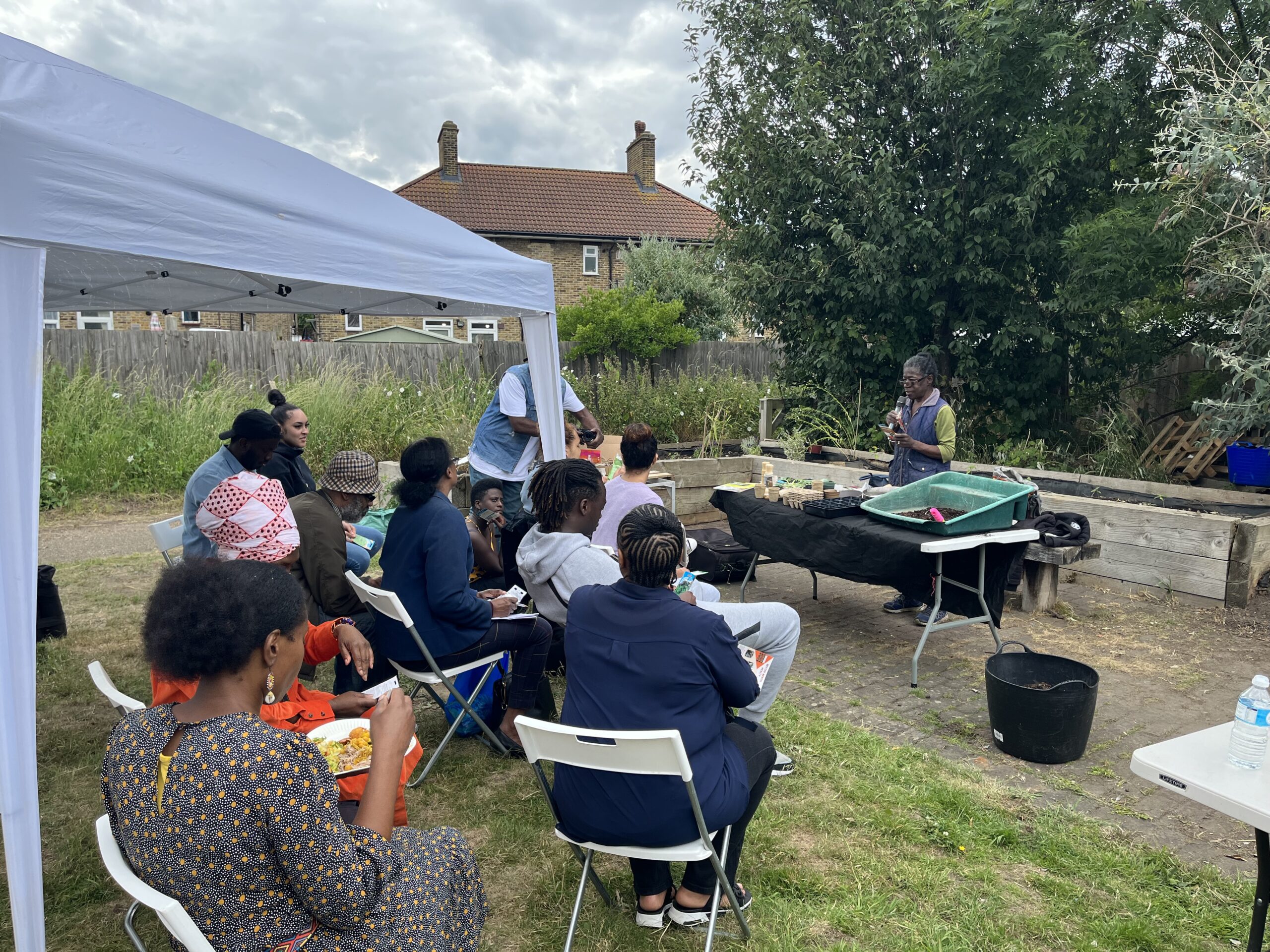Also featured is Thomas Birch Freeman[2] (1809 – 1890), who is foremost known for his contributions towards methodism in West Africa, was a botanist. He was born in Twyford, Hampshire, to an African father and English mother. He worked at Orwell Park, which was an estate in Suffolk, as Head Gardener for Sir Robert Harland. However, Freeman was raised Anglican and after word had reached Sir Harland on his growing affection towards Methodism, he was given a choice to abandon Methodism or lose his position. He chose his first duty, to his “greater Master and His work”, resigning shortly after. His contributions to gardening continued, however. For example, Freeman maintained correspondence with Sir William Hooker, the first Director of Kew Gardens, collating scientific data on tropical fauna for Kew Gardens. I am still looking and learning about the lives of Thomas Birch Freeman and John Ystumllyn. I do not consider myself as an expert on these men’s lives. Garden historian Advolly Richmond’s research is to thank for a lot of what we do know about Thomas Birch Freeman, but a lot of the information on both men doesn’t come from themselves. This is not the case with the women who feature in the display. Eloise Reed, Sylvia Halstead and Janine Nelson all wove their gardening stories through their oral interviews. These gardeners lived and continue to live amazing lives, although gaps in the recollection of their contributions remain. Gaps that I hope can be filled as more displays such as this continue to bring forth new perspectives and stories. The museum has been a crafting table for me to break down and review my gardening practice, but equally to confront the uncomfortable legacies and realities that surround horticulture. But I also hope that from this display, we look at Black gardeners in Britain today. Often at the forefront of my mind, especially after the Frank Walter exhibition, I think about other “Frank Walters”, John Ystumllyns who pass the Garden Museum every day with stories akin to some of the people we celebrate in this display, but still, their stories are missed. I think about the disparities that they may be facing with funding applications or allotment spaces. How are our institutions actively creating environments for people like Mr Pink (whose house in Lewisham the Garden Museum exhibits through Helena Appio’s film, which can be viewed in our Collection Galleries) to share their stories?
See the new Black Gardening in Britain display in our Collection Galleries upstairs at the museum: plan your visit
—
[1] https://ruby-tandoh.medium.com/empire-of-seeds-ee4308a529c4
[2] Thomas Birch Freeman: Missionary Pioneer to Ashanti, Dahomey and Egba, by John Milum
